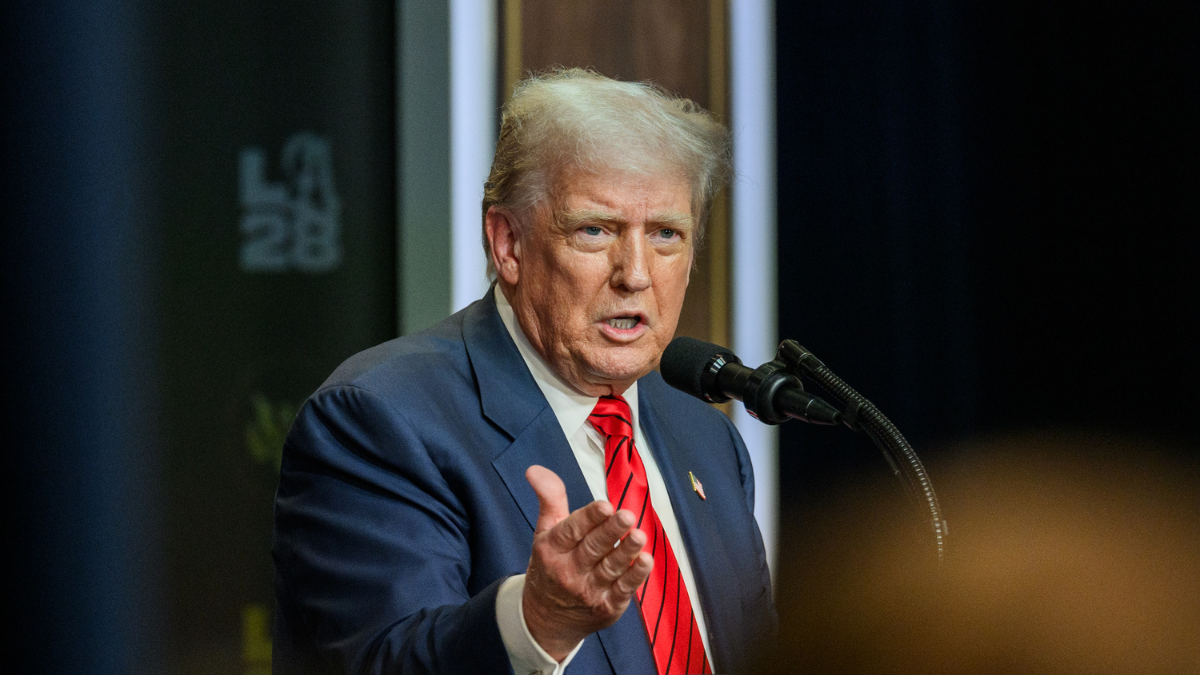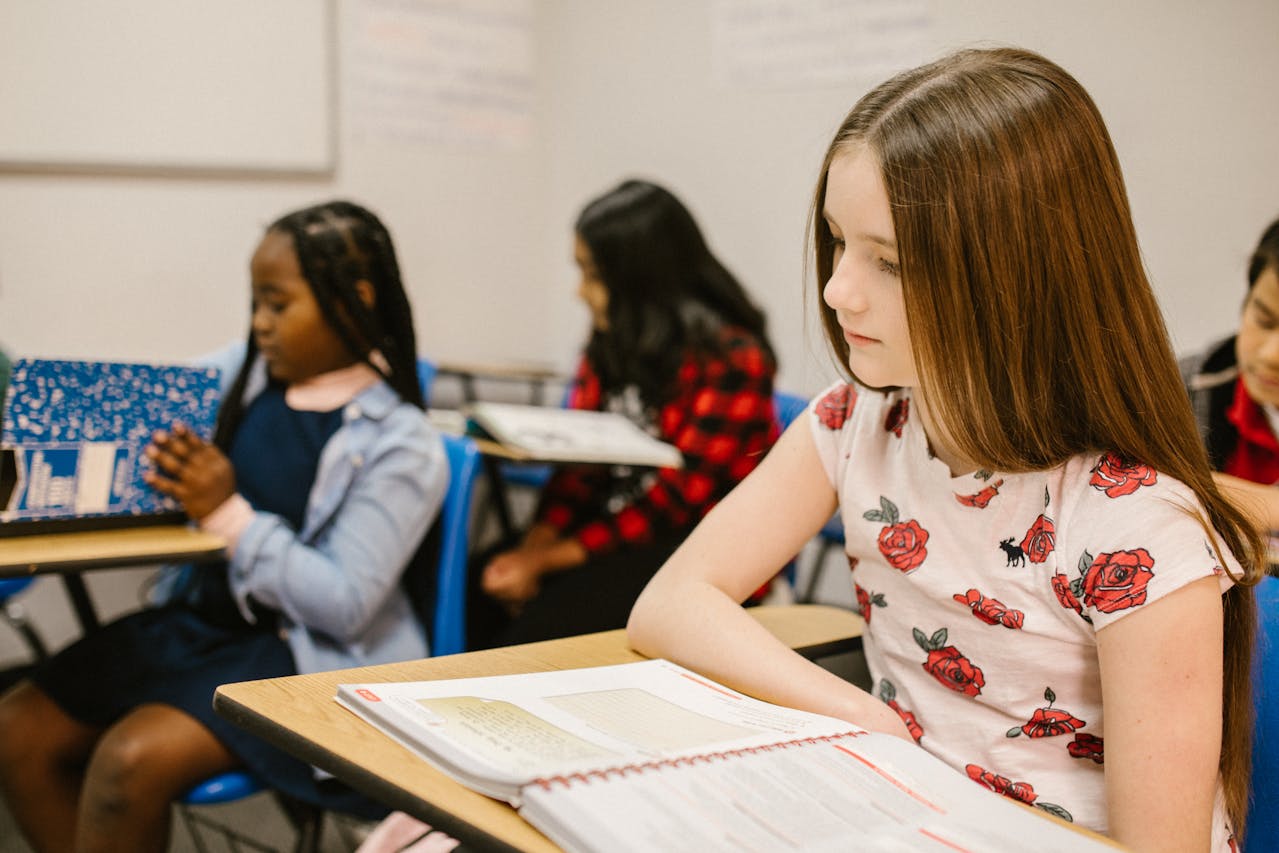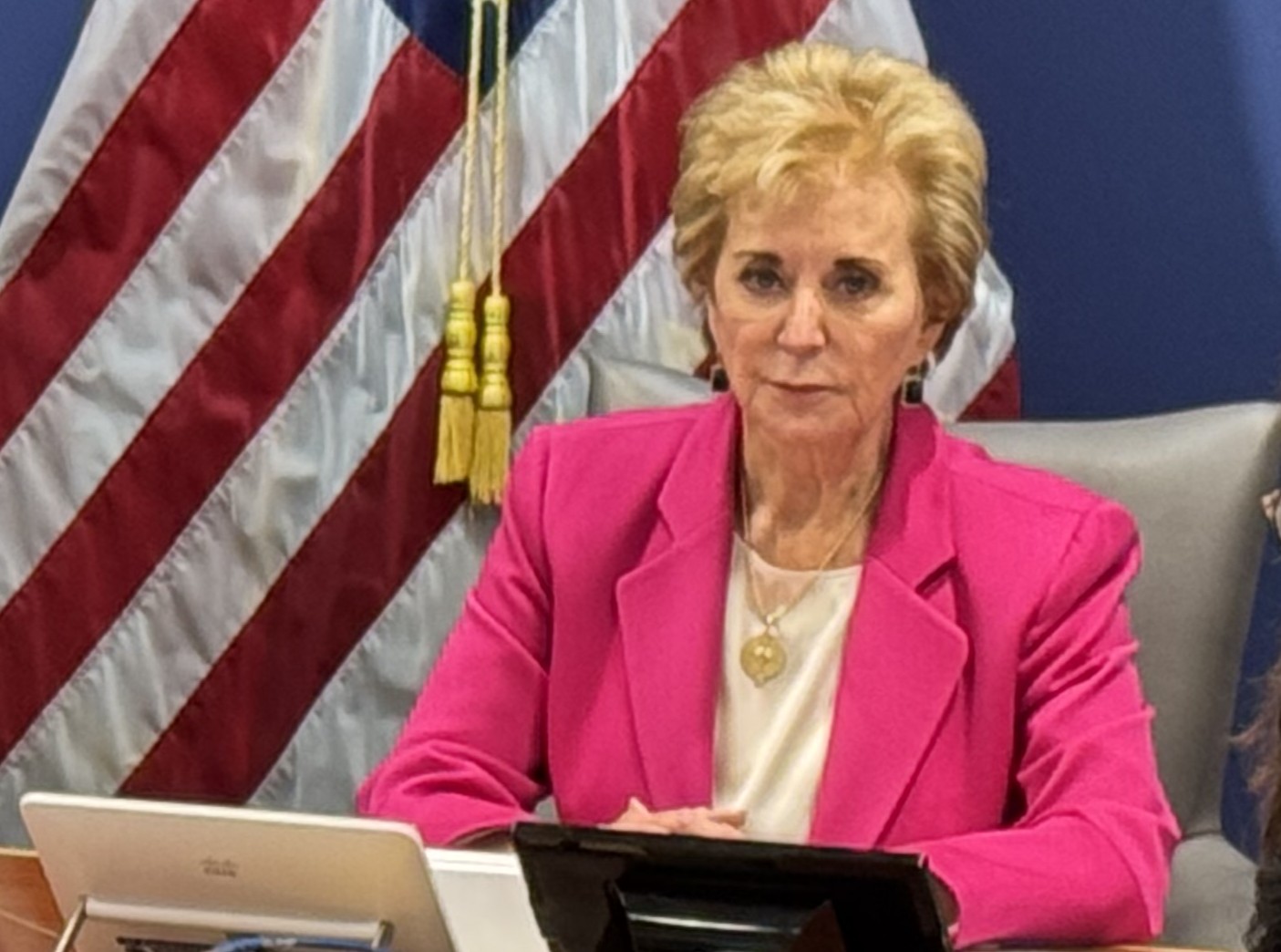This school year marks a significant shift in educational policy as President Donald Trump reinstates the presidential fitness test and removes diversity, equity, and inclusion (DEI) initiatives from public schools. These changes are part of a broader effort to reshape educational practices and priorities in the United States.
Trump’s administration has mandated that public schools eliminate DEI programs or risk losing federal funding. Five months ago, the Department of Education issued an order requiring K-12 school districts to certify the absence of DEI programs. Universities received similar warnings, with the threat of funding cuts looming if they did not comply.
In response to these federal directives, several prominent universities, including the University of Michigan and Columbia University, have either shut down or scaled back their DEI centers. This shift has been driven by concerns over potential funding losses under Trump’s administration.
“We are witnessing a fundamental change in how education is regulated in this country,” said Judge Stephanie Gallagher, who recently blocked the Department of Education’s anti-DEI letters. Gallagher, nominated by President Obama and later renominated by Trump, described the administration’s actions as initiating a “sea change” in educational regulation.
Supporters of the changes argue that they reflect a desire among many Americans for a return to traditional educational values. They assert that the focus should be on teaching basic skills rather than promoting what they view as a liberal ideology in schools. Critics, however, contend that the removal of DEI programs undermines efforts to create inclusive educational environments.
In Texas, a new law effective September 1 prohibits DEI initiatives in public schools and mandates parental notification if a student requests to be referred to by a different pronoun. Additionally, the state has enacted a school voucher program that provides $10,000 per student for private school attendance, although this program will not begin until fall 2026 and is capped at $1 billion.
The percentage of students enrolled in traditional public schools has declined to approximately 83%, or about 50 million children, as parents increasingly seek alternatives due to perceived failures in the public education system. Homeschooling is on the rise, with many families exploring online learning options enhanced by advancements in artificial intelligence.
In contrast, Illinois has opted to lower proficiency standards in public education, a move that has drawn criticism even from some liberal commentators. The Chicago Tribune recently highlighted the state’s decision to count lower ACT scores as “proficient,” raising concerns about educational quality and accountability.
Missouri has enacted a statewide ban on personal electronic devices in public schools, a measure that has received positive feedback from educators. This law allows limited exceptions for emergencies and aims to reduce distractions in the classroom.
Trump’s restoration of the presidential fitness test, which was eliminated during the Obama administration, aims to address rising concerns about childhood obesity and fitness levels. According to the CDC, approximately 20% of schoolchildren are classified as obese, and 77% of young adults are deemed unfit for military service.
As the new school year unfolds, the implications of these policy changes will likely continue to be a topic of debate among educators, parents, and policymakers across the nation.
READ CNN, NYT, USA Today Fail To Mention Shooter's Trans Identity



